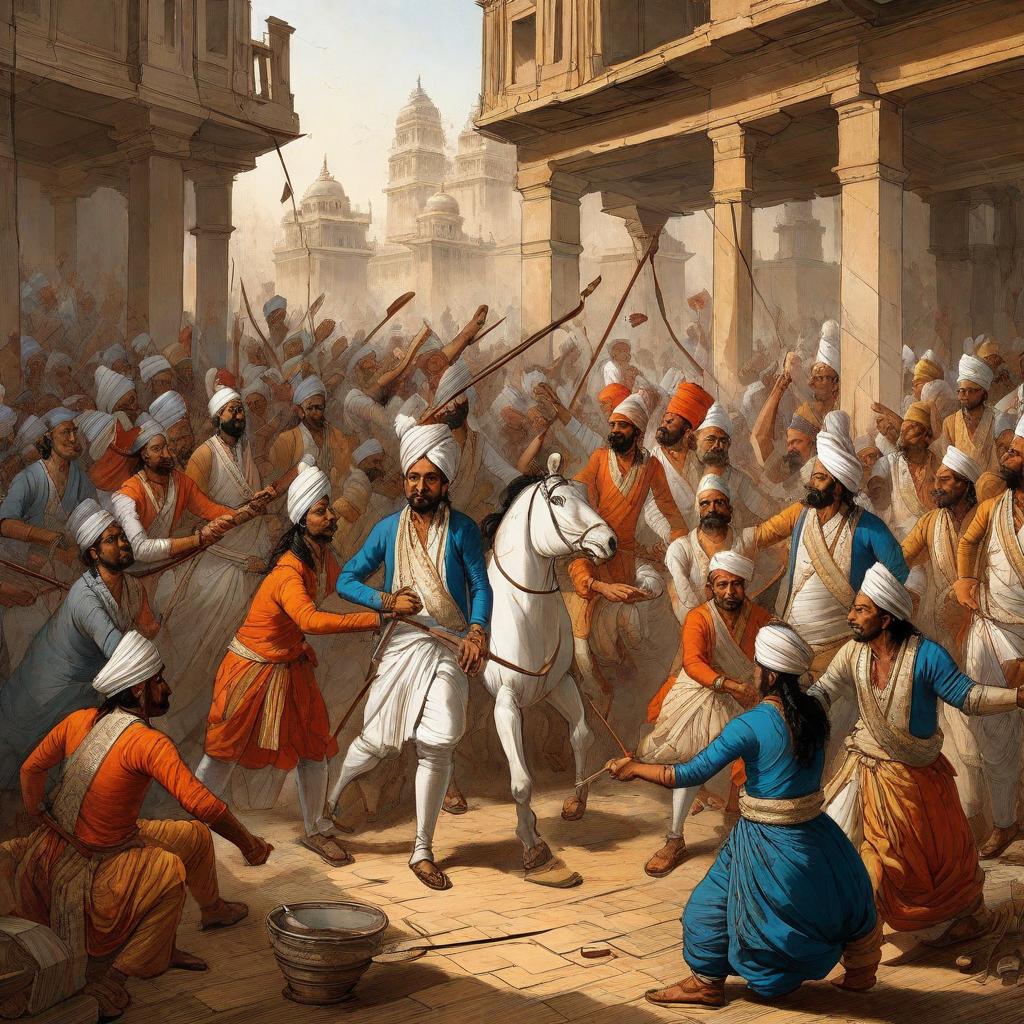Hello friends welcome to Sonu live ,in this article I’m going to tell you about Dynamics of Political Fragmentation in Mid-18th Century India
Title: Dynamics of Political Fragmentation in Mid-18th Century India
I. The Decline and Disintegration of the Mughal Empire
Aurangzeb’s Policies: Emperor Aurangzeb’s reign (1658-1707) saw religious intolerance and expansionist wars, alienating key Hindu groups like the Marathas and Rajputs.
Weak Successors and Wars of Succession: Subsequent weak Mughal emperors and brutal wars of succession further eroded central authority.
Loss of Control over Provinces: Provincial governors and military commanders became increasingly autonomous, establishing semi-independent kingdoms like Bengal, Hyderabad, and Awadh.
II. Regional Powers and New States
The Marathas: The Maratha Confederacy challenged Mughal authority, dominating central and western India.
Bengal, Awadh, and Hyderabad: Rich regions witnessed the rise of strong kingdoms breaking away from Mughal control.
Sikh Power in the Punjab: Sikhs consolidated their rule, forming a formidable military power in the northwest.
III. Foreign Invasions and Raids
Nadir Shah’s Invasion (1739): Persian invasion dealt a severe blow, shattering Mughal prestige and exposing vulnerability.
Afghan Incursions: Ahmad Shah Abdali’s raids further destabilized northern India.
IV. Internal Conflicts and Local Rebellions
Zamindars and Local Chieftains: Revolt against central authority was common, with zamindars and chieftains establishing power bases.
Peasant Uprisings: Economic exploitation led to widespread peasant uprisings, adding to instability.
V. Consequences of Political Fragmentation
Lack of Central Authority: Absence of strong central power led to instability and lack of defense against foreign threats.
Economic Disruption: Wars and rebellions disrupted trade and agriculture, hindering economic growth.
Vulnerability to European Powers: Fragmentation created a vacuum exploited by European powers, particularly the British East India Company.
Conclusion: The mid-18th century in India witnessed significant political turmoil, marked by the decline of the Mughal Empire, rise of regional powers, foreign invasions, and internal conflicts. This fragmentation paved the way for European colonial expansion into the subcontinent.
Read More-https://sonulive.in/why-18th-century-is-considered-as-dark-age/

